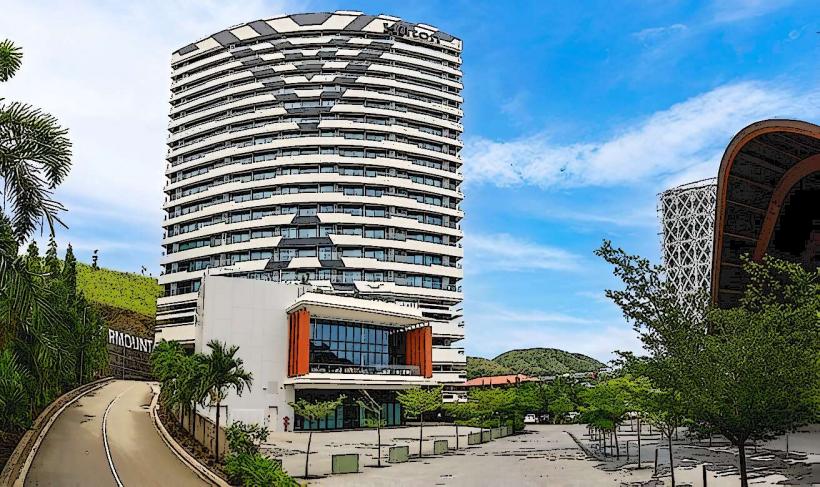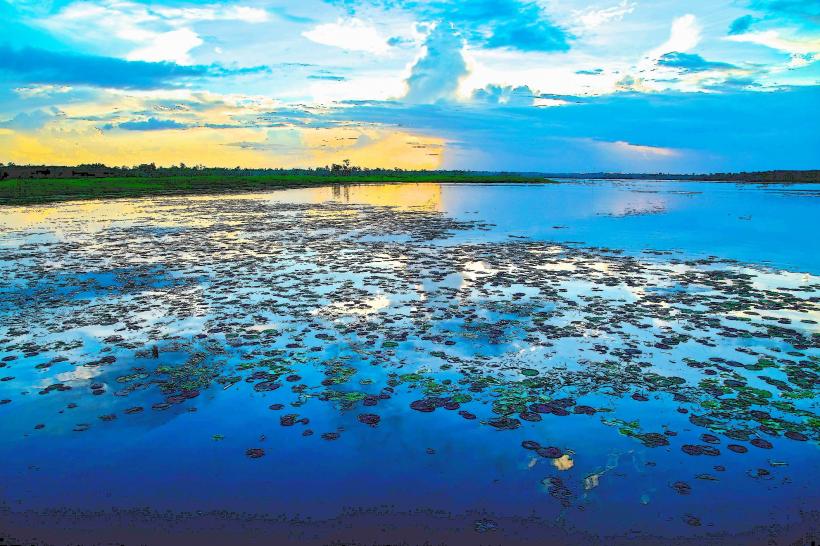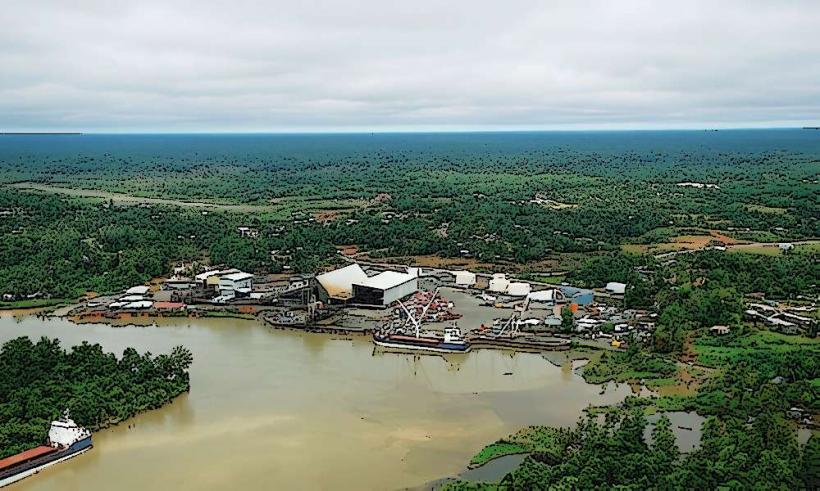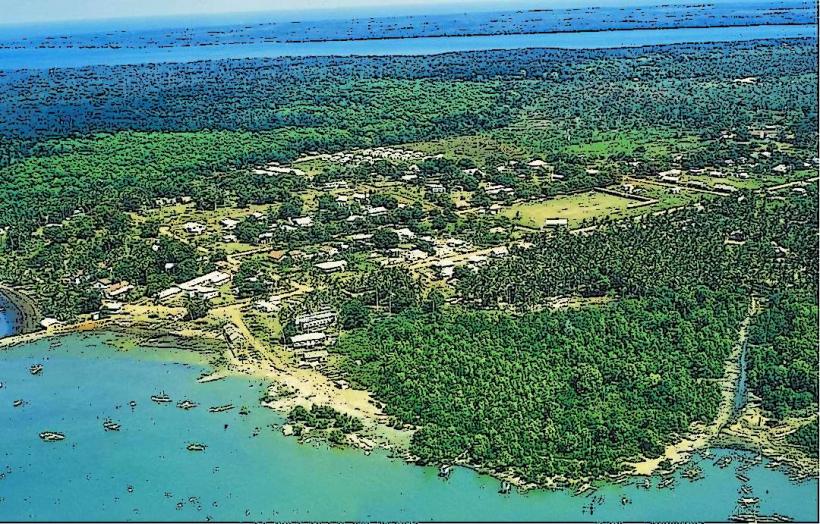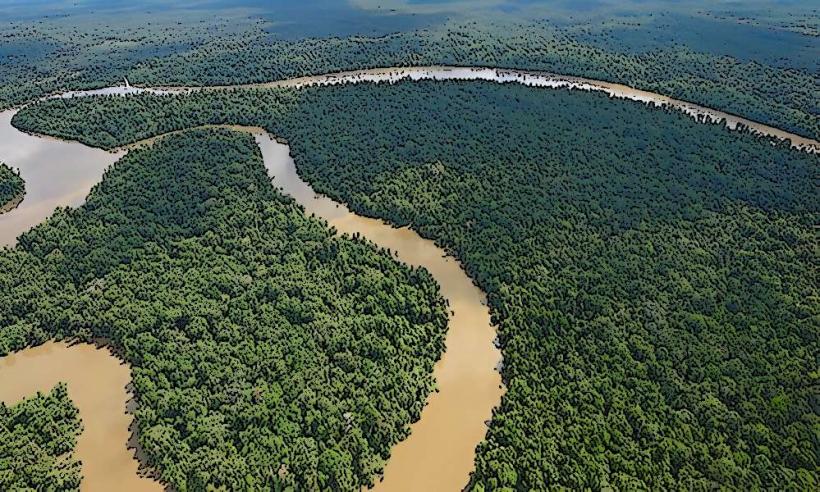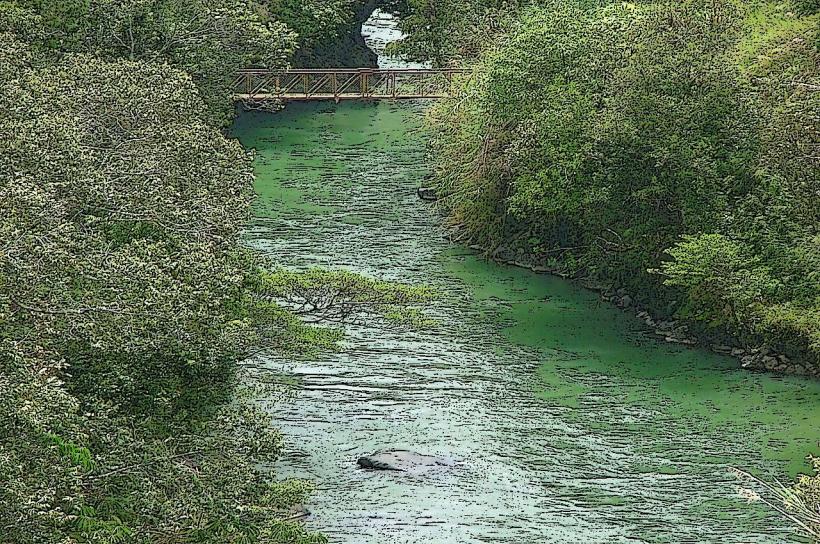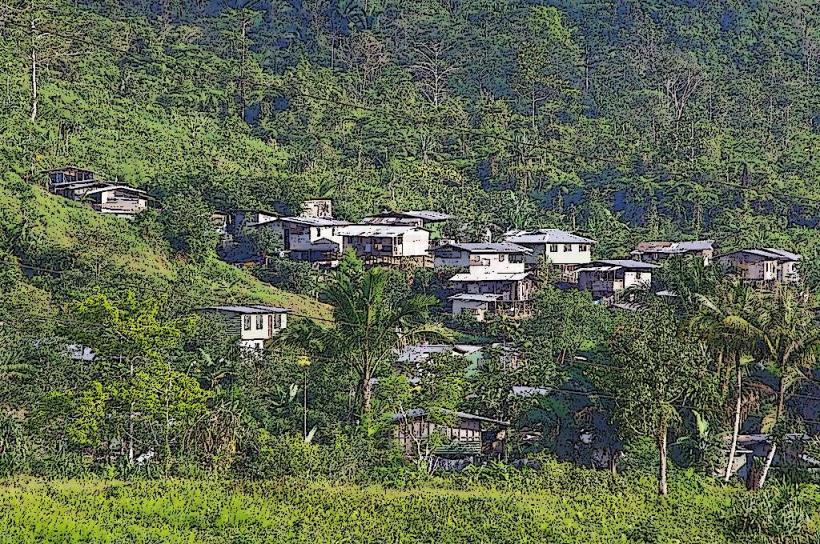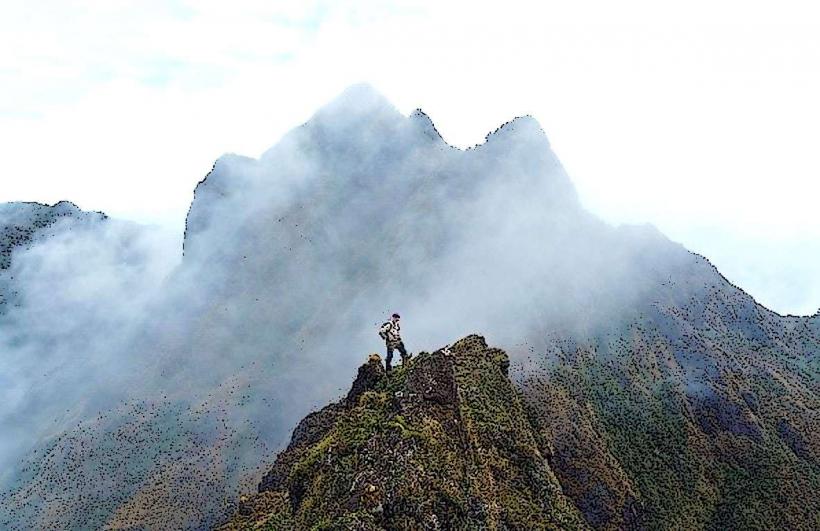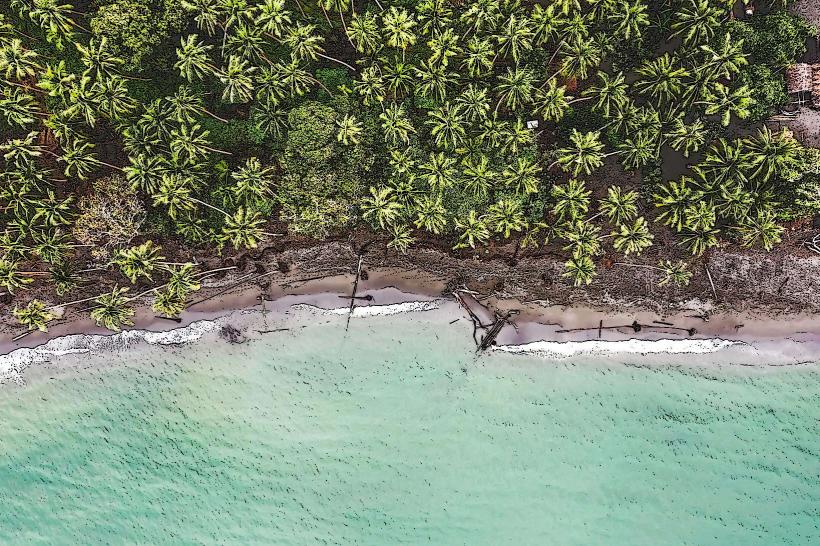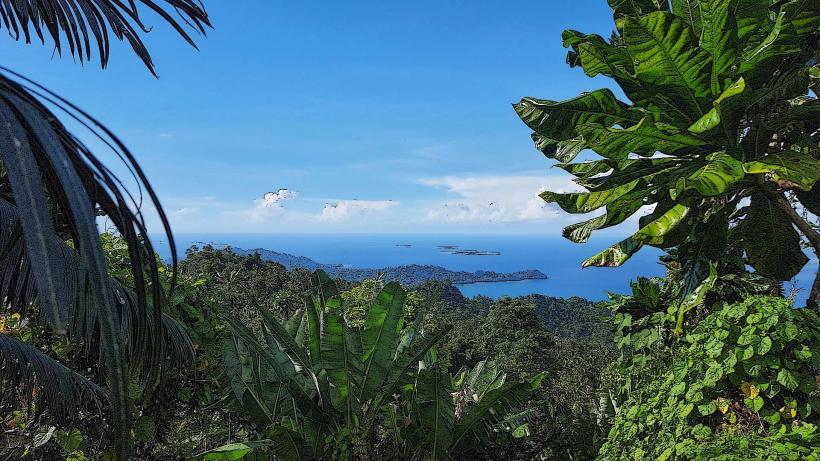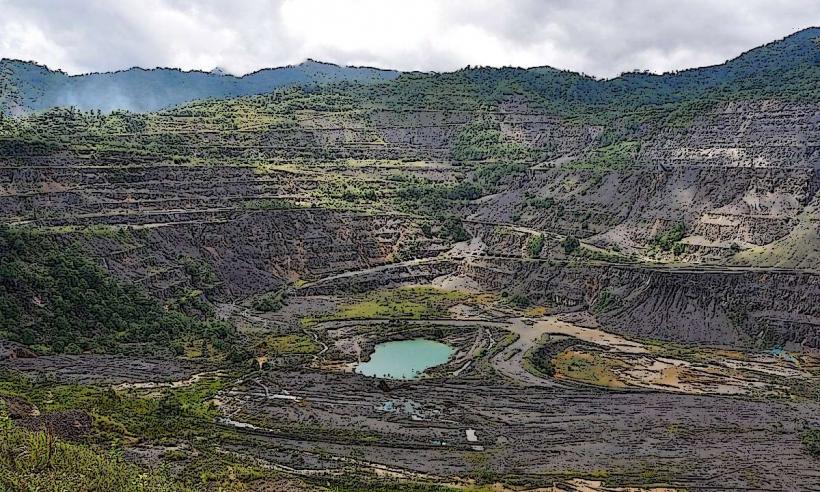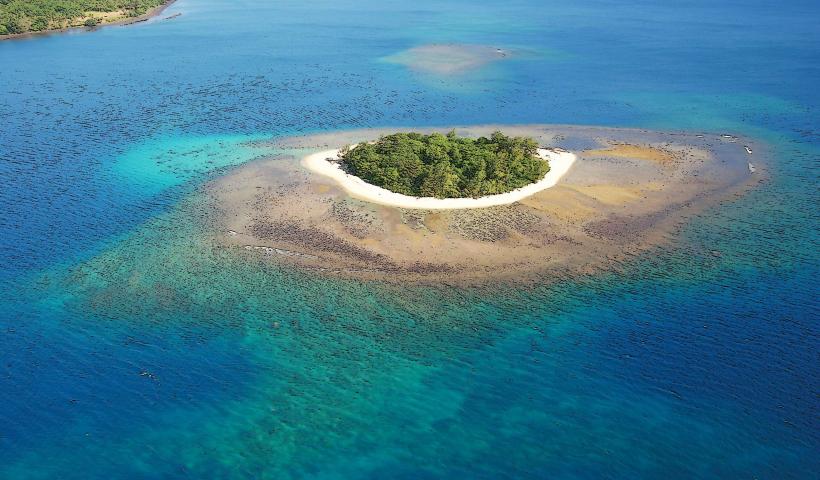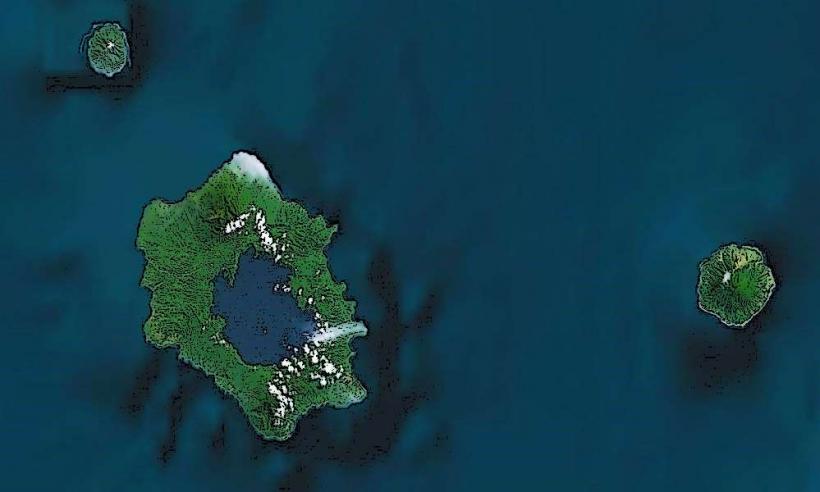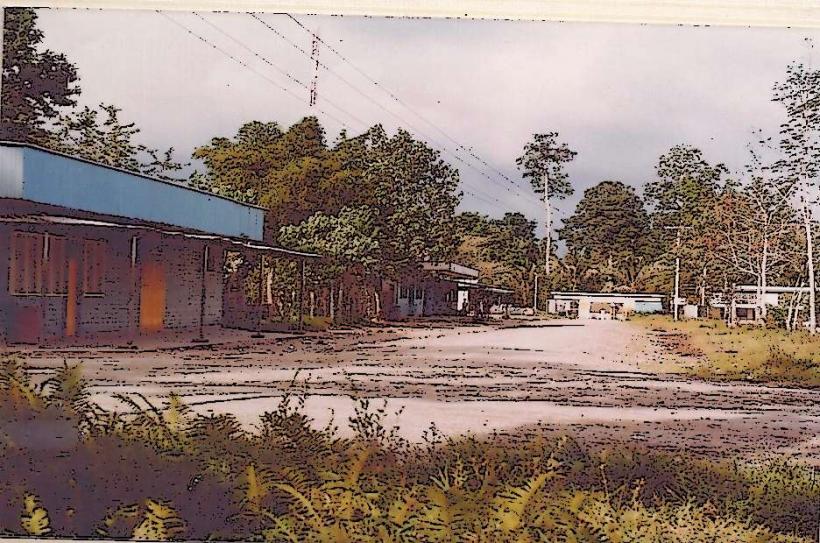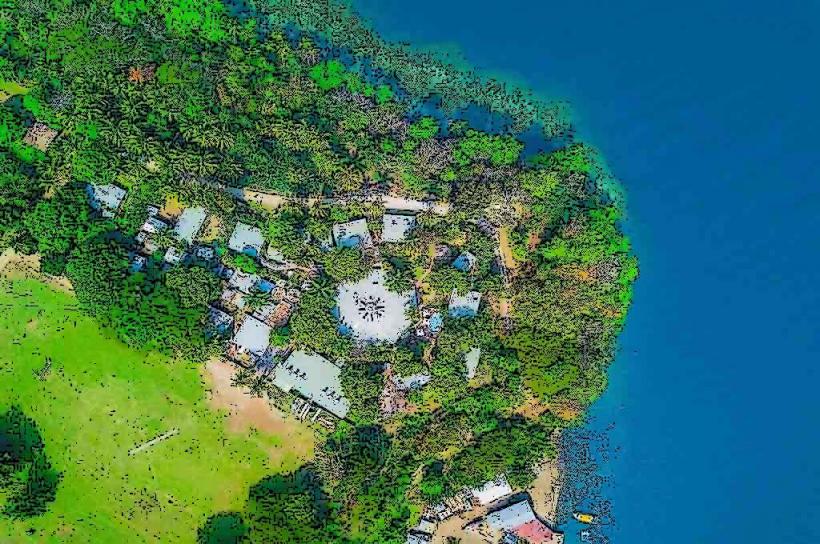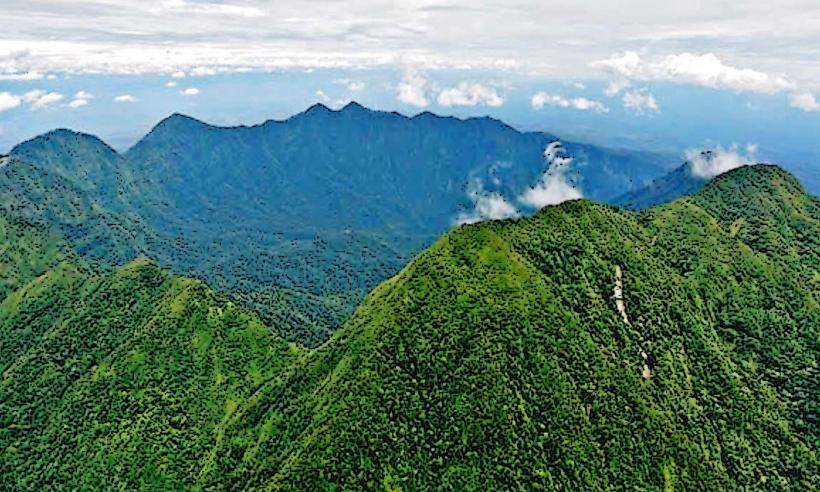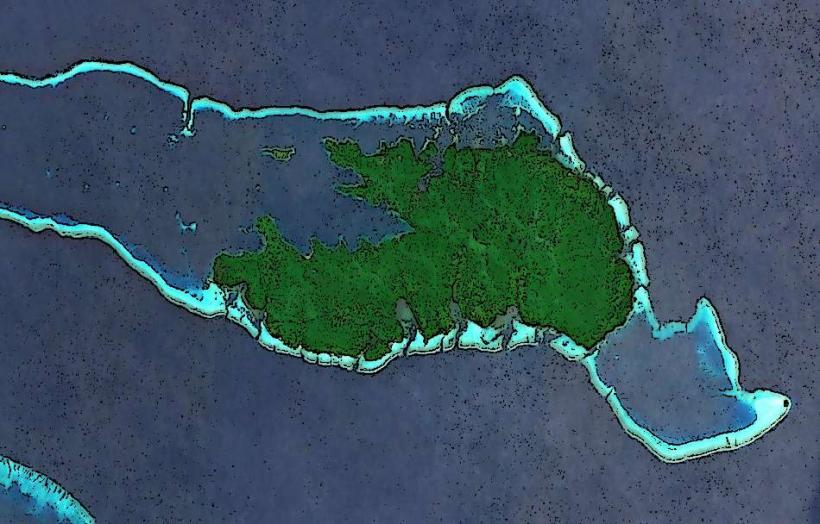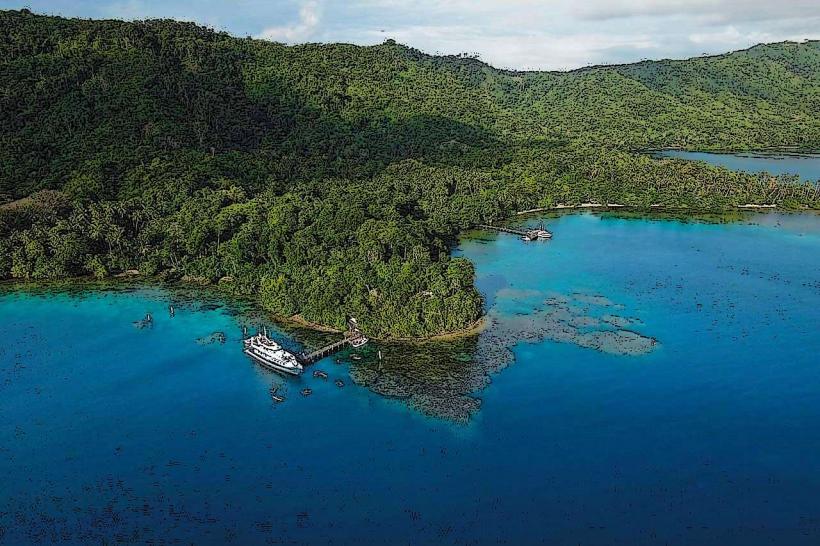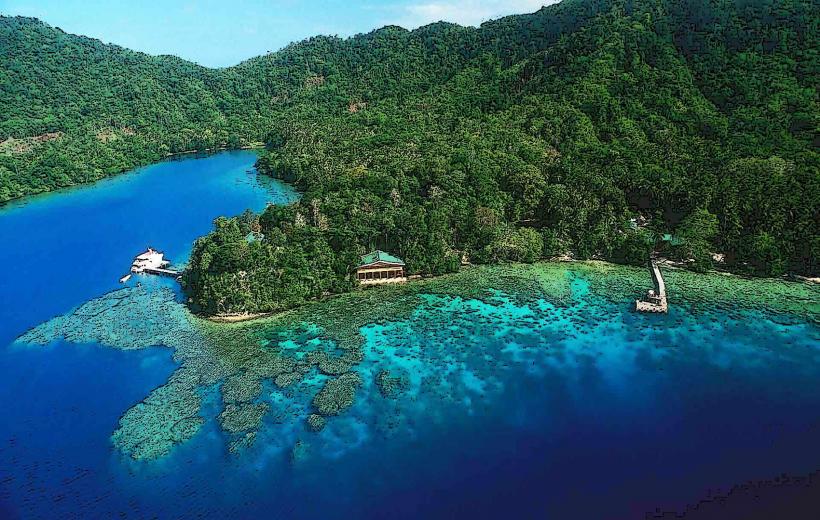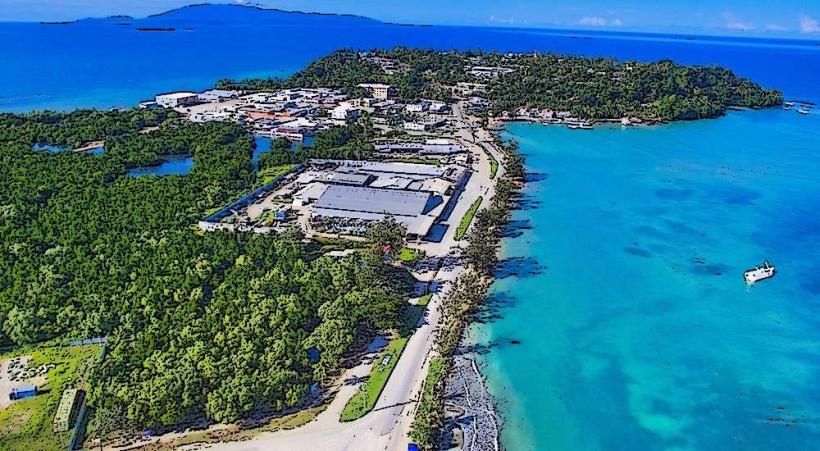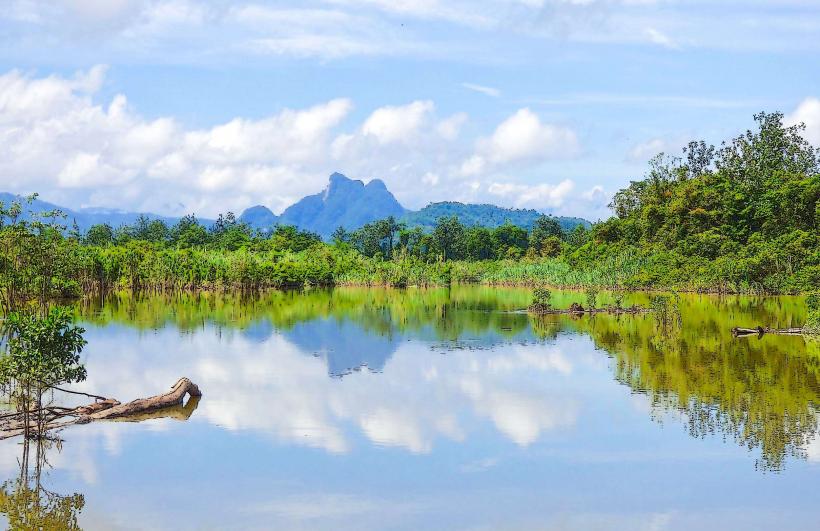Information
Landmark: TariCity: Provice Area
Country: Papua New Guinea
Continent: Australia
Tari is a town located in the Southern Highlands Province of Papua New Guinea. It is a culturally rich and geographically significant area, known for its stunning landscapes, indigenous cultures, and historical significance. Here's a detailed look at Tari:
Location and Geography
Location: Tari is situated in the Southern Highlands Province, in the central highlands of Papua New Guinea. The town is located near the Tari River, a major waterway in the region.
Altitude: The town is located at an altitude of approximately 1,800 meters (5,906 feet) above sea level, contributing to its cool highland climate.
Surrounding Environment: Tari is surrounded by dramatic, rugged highland terrain, with steep mountain slopes, valleys, and lush forests. The area is part of the broader Southern Highlands region, which features a mix of tropical and temperate climates depending on elevation.
Cultural Significance
Huli People: Tari is the heart of the Huli people, one of the most well-known and culturally distinct indigenous groups in Papua New Guinea. The Huli people are known for their vibrant traditions, elaborate ceremonial dress, and strong cultural identity. The Huli language is spoken in the area, and many Huli people still maintain traditional lifestyles alongside modern influences.
Huli Wigmen: The Huli people are particularly famous for their wigmen tradition, in which men wear elaborate wigs made from human hair, decorated with feathers and ornaments. These wigs are worn during important cultural ceremonies, including dances and feasts. The Huli wigmen are an iconic representation of the cultural heritage of the Southern Highlands.
Traditional Practices: The Huli people maintain various traditional practices, including sing-sing (cultural performances), rituals, and festivals. These ceremonies are often accompanied by music, dance, and the use of traditional instruments such as drums and flutes.
Tari Basin: Tari is located in the Tari Basin, a large highland valley that is home to various Huli communities. This region has been inhabited for centuries and is rich in cultural heritage, with historical significance tied to the agricultural practices and spiritual beliefs of the local people.
Economy and Livelihood
Agriculture: The economy of Tari and the surrounding region is primarily based on subsistence farming. The Huli people grow crops such as sweet potatoes, taro, and yams. They also cultivate coffee and cocoa, which are important cash crops in the area. Agriculture plays a significant role in the livelihood of the people, with many relying on the fertile soil of the Tari Basin for food and income.
Oil and Natural Gas: Tari is also notable for its proximity to Papua New Guinea's significant oil and natural gas reserves. The region is part of the Hela Province, which has become an important area for the country’s oil and gas industry. The development of these resources has brought both economic opportunities and challenges to the region, as well as increased infrastructure development.
Mining: Mining activities, particularly for oil and gas, have contributed to the region's development, though they have also sparked tensions over land rights and environmental impacts. The Liquefied Natural Gas (LNG) Project in the region has had significant economic and social implications.
Tourism and Attractions
Cultural Tourism: Tari is a key destination for those interested in cultural tourism, particularly those fascinated by the traditional lifestyles of the Huli people. Visitors can experience the Huli people's customs, including their ceremonial dances, arts, and traditional feasts. The annual Huli Wigmen Festival is one of the major cultural events in the region, attracting both locals and international visitors.
Scenic Landscapes: The natural beauty of the region, with its highland mountains, valleys, and rivers, makes Tari an attractive destination for eco-tourism. Visitors can explore the surrounding landscape, including the Mountains of Tari and the Tari River, which provide opportunities for trekking, bird watching, and exploring the biodiversity of the area.
Tari Basin and Wildlife: The Tari Basin, with its rich biodiversity, offers opportunities for wildlife enthusiasts to see various species of birds, including the famous birds of paradise, which are native to the region. The area's forests are also home to a wide range of flora and fauna.
Challenges
Infrastructure: Although Tari is a culturally significant and geographically unique location, the town faces challenges related to infrastructure development. While the region has benefited from oil and gas exploration, the area still struggles with access to basic services such as education, healthcare, and reliable transportation.
Environmental Concerns: The expansion of oil, gas, and mining projects in the region has raised concerns about environmental degradation, including deforestation, water pollution, and the potential impact on the traditional lifestyle of the Huli people. Managing the balance between economic development and environmental protection remains a critical issue.
Land Disputes: Land ownership is a sensitive issue in Tari, especially in the context of large-scale resource extraction projects. There are often disputes between local communities and government or corporate entities over land use, compensation, and environmental impacts.
Historical Context
Discovery of Oil: Tari gained prominence in the 1980s after the discovery of significant oil and gas deposits in the area. The oil boom in the region transformed the local economy, bringing both wealth and challenges related to resource management.
Colonial Era: Like much of Papua New Guinea, Tari was influenced by colonial rule, particularly under German and Australian administration. During the colonial period, the region was opened up to mining and agricultural development, which had lasting impacts on the local cultures and societies.
Conclusion
Tari is a town of deep cultural and historical significance, especially for the Huli people and their traditions. Its location in the Southern Highlands of Papua New Guinea makes it a key area both for cultural heritage and natural resources. Tari's natural beauty, combined with its rich indigenous culture, makes it a unique place to explore. However, the region also faces challenges related to infrastructure development, environmental sustainability, and land rights. The future of Tari will depend on balancing economic growth with the preservation of its cultural heritage and natural environment.

